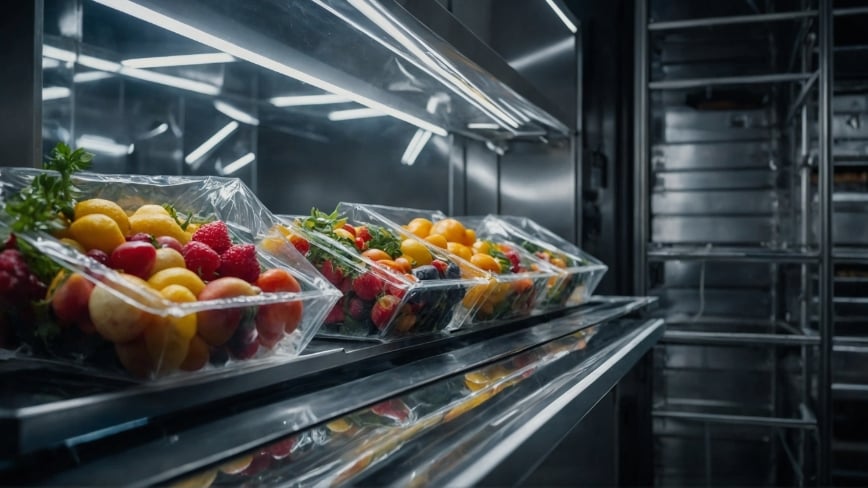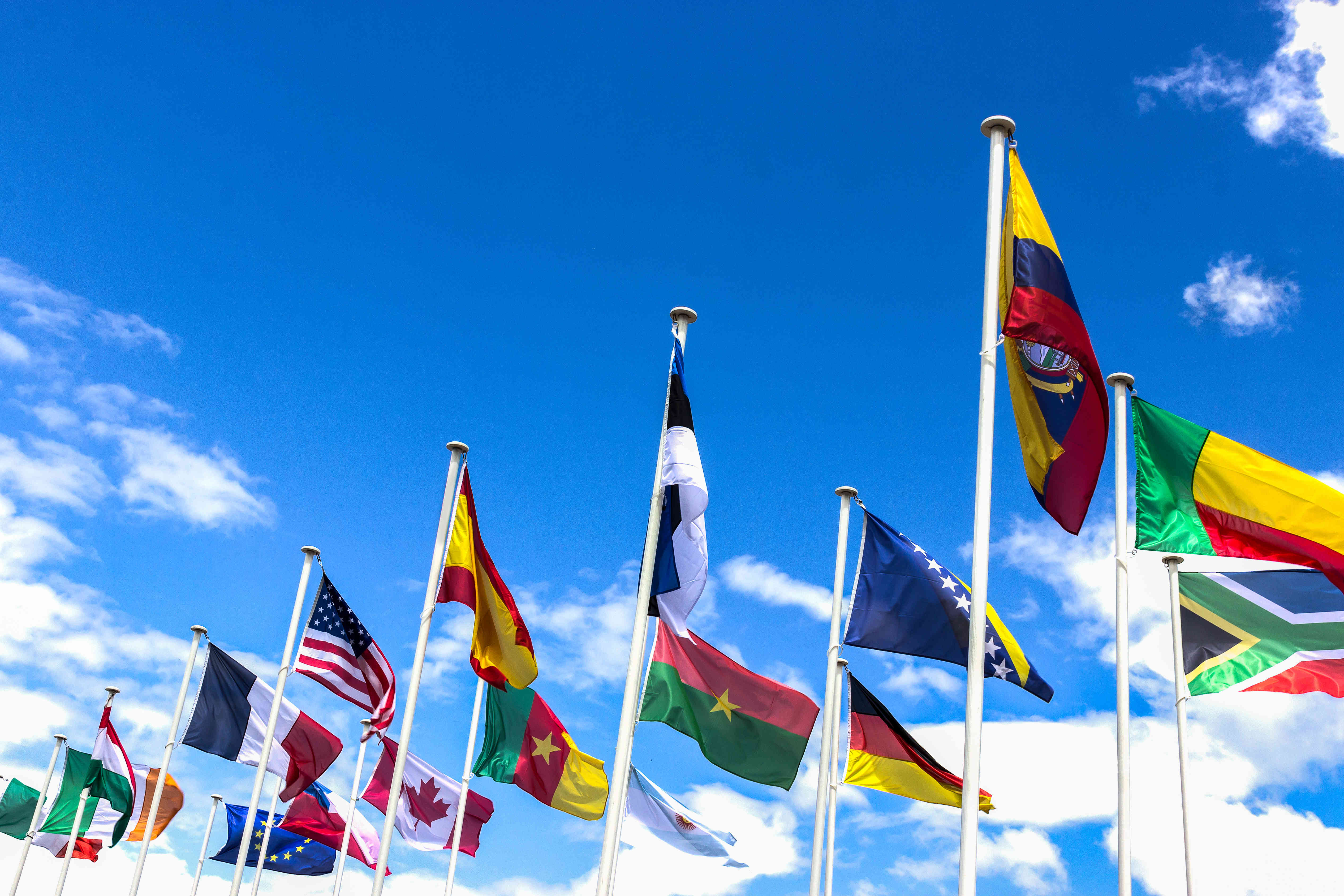EU publishes Regulation (EU) 2025/40 on Packaging and Packaging Waste

Vol. 1456 | 06 Feb 2025
EU's New Packaging Regulation (2025/40) Summary
On 22 January 2025, the European Union (EU) Commission approved Regulation (EU) 2025/40 on packaging and packaging waste, a key framework promoting packaging sustainability in packaging and waste reduction across the EU.
Replacing Directive 94/62/EC, the regulation includes provisions for packaging recycling, packaging minimization and labelling to facilitate consumer recycling efforts. In addition, the existing chemical restrictions on heavy metals in packaging have been enhanced to include requirements for PFAS.
This Regulation shall enter into force on 11 February 2025. It shall apply from 12 August 2026. Directive 94/62/EC will be repealed from 12 August 2026 (with some exceptions). Decision 97/129/EC will be repealed from 12 August 2028.
Key highlights include:
Recycling and the use of recycled material in packaging
- Packaging placed on the market must be designed for recyclability, meeting recyclability criteria, and collaborate with recycling facilities.
- Minimum recycled percentages are defined for different types of plastic packaging, depending on end use. Starting from 2030 with phased increases planned for 2040, with a target that most plastic packaging should be made from 65% recycled materials by 2040.
- Manufacturers or importers must ensure that packaging introduced to the market is designed to minimize its weight and volume to the essential amount. Retailers and manufacturers must avoid using excessive materials. Maximum empty space ration is 50%.
- Clear and uniform harmonized labelling is required to facilitate proper waste sorting and recycling. Harmonized labels must indicate the material composition and recycling instructions. QR codes are also acceptable.
- Manufacturers are obligated to ensure compliance with all relevant provisions, including recyclability and labeling requirements, maintain documentation proving conformity with EU standards.
Substances in Packaging
- The regulation maintains the existing requirement that the sum of concentrations of lead, cadmium, mercury and hexavalent chromium resulting from substances present in packaging or packaging components shall not exceed 100 mg/kg.
- In addition, from 12 August 2026, food-contact packaging shall not be placed on the market if it contains per- and polyfluorinated alkyl substances (PFAS) which does not meet the following limit:
- 25 ppb for any PFAS as measured with targeted PFAS analysis (polymeric PFAS excluded from quantification);
- 250 ppb for the sum of PFAS measured as the sum of targeted PFAS analysis, where applicable with prior degradation of precursors (polymeric PFAS excluded from quantification); and
- 50 ppm for PFASs (including polymeric PFAS); if total fluorine exceeds 50 mg/kg the manufacturer, importer or downstream user
Additional Provisions and Requirements
- Manufacturers will need to provide a declaration of conformity affirming that their packaging complies with all applicable requirements the regulation.
- Packaging meeting harmonized EU standards will be presumed to conform to the regulation.
- The conformity assessment process includes verification by accredited bodies to ensure compliance, detailed procedures for testing and certification of packaging and periodic audits to maintain conformity.
